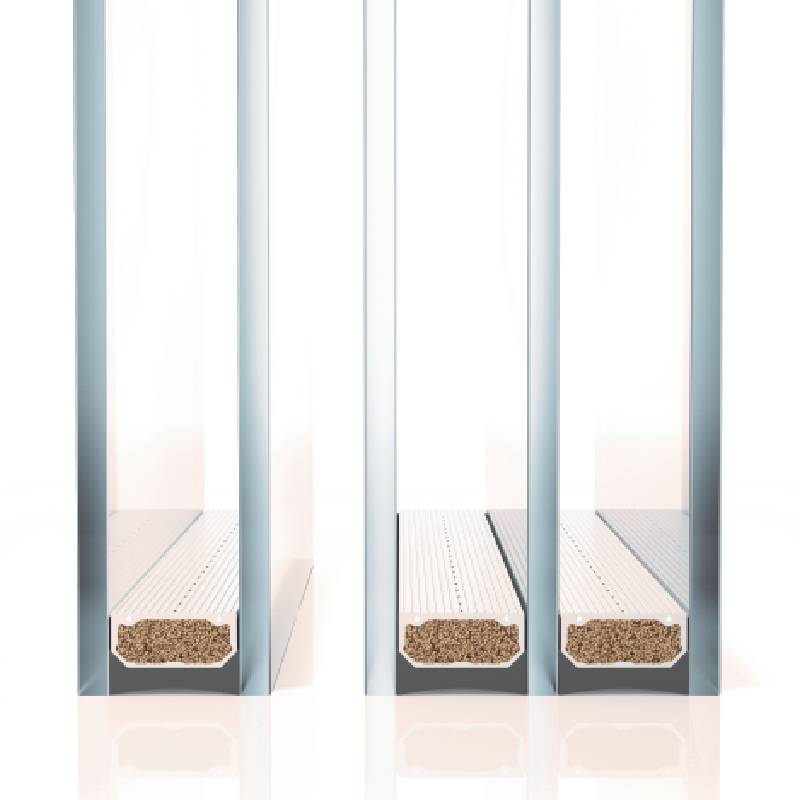

Exploring the Different Types of Decorative Glass
Decorative glass has been a beloved element in architecture and interior design for centuries. Known for its ability to transform spaces by refracting light, creating beautiful patterns, and adding a touch of elegance, decorative glass can be found in various forms and uses. In this article, we will explore the various types of decorative glass, their applications, and the unique qualities that make each one special.
1. Stained Glass
Stained glass is perhaps the most well-known type of decorative glass. Often associated with churches and cathedrals, stained glass windows feature vibrant colors and intricate designs created by fusing colored glass pieces together. Artisans, known as glassblowers or glass artists, create these masterpieces by carefully cutting glass and leading them together. Beyond religious buildings, stained glass is also used in homes, adding character and artistic flair to windows, doors, and room dividers.
2. Etched Glass
Etched glass is created through a process where the surface of the glass is treated with acid or an engraving machine to create designs or patterns. This method allows for a unique level of detail and texture that can enhance privacy while still allowing light to pass through. Etched glass is commonly used in shower enclosures, office partitions, and decorative panels. The subtle and sophisticated look of etched designs can range from geometric patterns to intricate floral motifs.
3. Fused Glass
Fused glass is an innovative type of decorative glass that involves fusing two or more pieces of glass together in a kiln. This method allows glass artists to create layered designs, textures, and colors, resulting in unique pieces that can vary greatly in size and shape. Fused glass is versatile and used to make decorative items such as bowls, vases, wall art, and even jewelry. Its ability to combine colors and textures makes fused glass an excellent choice for modern decorative pieces.
4. Stamped Glass

Stamped glass is created by pressing a decorative pattern onto molten glass. This technique is used to produce items like glass tiles, windows, and even decorative backsplashes. The texture it creates can add depth and dimension to surfaces, making it a popular choice for both residential and commercial projects. Stamped glass can come in various finishes, from frosted to clear, allowing for a range of design possibilities.
5. Blown Glass
Blown glass is made by inflating molten glass into a bubble using a blowpipe. This age-old technique dates back to ancient times and allows artisans to create a variety of shapes and sizes, from delicate glass ornaments to large installations. Each piece of blown glass is unique, as the process involves shaping it by hand, leading to organic and fluid forms. Blown glass can be used in lighting fixtures, sculptures, and decorative objects, making each piece a statement of artistry.
6. Laminated Glass
Laminated glass consists of two or more layers of glass bonded together with an interlayer, often made of polyvinyl butyral (PVB) or ethylene vinyl acetate (EVA). This type of glass is primarily used for safety and security, as it holds together even when shattered. However, laminated glass can also be produced with decorative interlayers that feature colors, patterns, or even images. This versatility makes it suitable for windows, doors, and partitions in both residential and commercial buildings, combining functionality with aesthetics.
7. Mirrored Glass
Mirrored glass has a reflective surface that can add depth and brightness to any space. While traditionally used for mirrors, mirrored glass can also be incorporated into décor in innovative ways, such as reflective tiles, furniture surfaces, and wall panels. It allows designers to create visually interesting spaces that feel larger and more open. The use of mirrored glass in decorative applications has become increasingly popular in contemporary design.
Conclusion
Decorative glass comes in many forms, each with its unique characteristics and applications. From the vibrant hues of stained glass to the subtle elegance of etched glass, these materials play a crucial role in enhancing our environments. As technology advances, the possibilities for decorative glass continue to expand, allowing artists and designers to push the boundaries of creativity. Whether in a residential setting or a commercial space, decorative glass remains an enduring element of artistry and design.